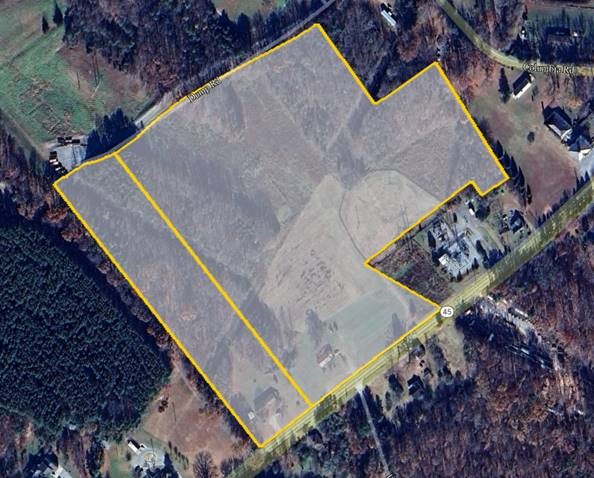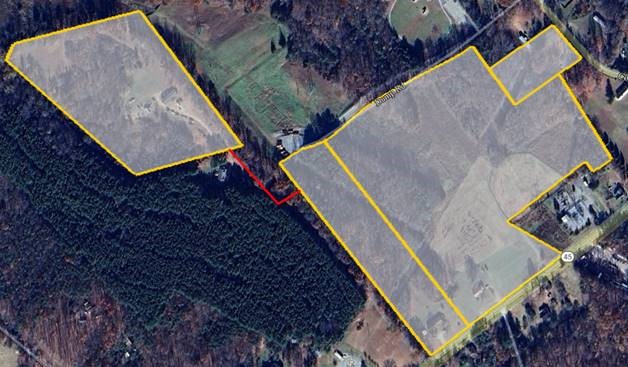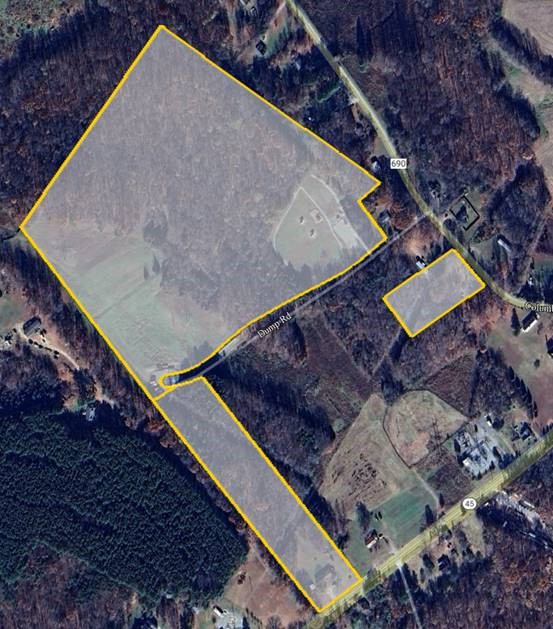What You Need To Know
It is suggested that you become familiar with the Readiness Deposit and Site Control requirements for the new process. Project Developers should attend the Interconnection Process Subcommittee meetings for more process details.
FAQs
Q: What modifications are allowed at Decision Point 1 (DP1)?
A: The following modifications are allowed:
- Projects in Transition Cycle #1 (TC1) may reduce MFO and/or CIR up to 100% of the requested amount. Projects reducing MFO may not have CIR over ELCC limits.
- The only fuel changes allowed are reductions or removals in accordance with the reduction rules. No other fuel changes are allowed. MWs cannot be swapped between fuel types.
- Projects can finalize their POI by:
- Moving along the same segment of transmission line, as defined by the two nodes of the transmission line in the Phase 1 base case
- Moving the location of the Point of Interconnection to a different breaker position within the same substation, subject to Transmission Owner review and approval.
- Projects may add to their initial Site Control package from what was sent at Transition if the following conditions are met:
- All provided Site Control meets requirements of Tariff Part VII Section 302 and Section 309
- Site Control for the entire Generating Facility Site provided at Transition is provided at DP1 and meets tariff requirements
- No Site Control is removed
- Projects may reduce their initial Site Control package from what was sent at Transition if the following conditions are met:
- All provided Site Control meets requirements of Tariff Part VII Section 302 and Section 309, including acreage requirements for the MW size and technology of the project
- Remaining Site Control matches what was provided at Transition
- No additional/new Generating Facility Site Site Control is provided
- Project Developer’s may update any equipment data at DP1. Any modeling data associated with the requested change must be submitted via the Queue Point tool prior to the close of DP1. Any submitted changes must meet PJM Dynamic Model Developer Guidelines.
Q: Do we need to show easements at DP1 for non-continuous parcels submitted at Transition?
A: A: No, you do not. Easement evidence is required for 50% of the gen tie distance between the Generating Facility Site and either the Interconnection Substation boundry or the boundry of TO owned land, not counting Generating Facility provided at Transition or Decision Point 1.
Q: Do I get credit for gen tie easement on Transmission Owner (TO) land?
A: At DP1, easement between the developer’s Generating Facility to the boundary of the land owned by the TO must be provided, if connecting to an existing TO owned substation. Developers do not need to show easement across TO land to the TO owned substation at DP1. Perpendicular crossings with TO Right of Way (RoW) also do not need to be provided at DP1. These easements will need to be provided at DP3. This delay in showing easement site control does not apply to linearly running along existing TO RoW.
Q: If I reduce MFO/CIRs can I also reduce the provided Site Control?
A: Yes, if a project reduces MFO/CIRs at DP1 it can reduce its Site Control for its Generating Facility Site. You can reduce Site Control evidence of your Generating Facility Site at DP1 if the following conditions are met:
- All provided Site Control meets requirements of Tariff Part VII Section 302 and Section 309, including acreage requirements for the MW size and technology of the project
- Remaining Site Control matches what was provided at Transition
- No additional/new Generating Facility Site Site Control is provided
Q: Can I reduce my Site Control at DP1?
A: Yes. You can reduce Site Control evidence of your Generating Facility Site at DP1 if the following conditions are met:
- All provided Site Control meets requirements of Tariff Part VII Section 302 and Section 309, including acreage requirements for the MW size and technology of the project
- Remaining Site Control matches what was provided at Transition
- No additional/new Generating Facility Site Site Control provided
Q: Can I drop Site Control AND add Site Control at DP1 for the Generating Facility Site?
A: No. This would represent a new project and the project would need to withdraw from TC1 and re-apply in Cycle #1.
Q: Can I add Site Control at DP1?
A: Yes. Site Control can be added for the Generating Facility Site provided that it meets Tariff Part VII, Section 302 and Section 309 requirements. If the new Site Control is not physically adjacent to the existing Generating Facility Site, 100% of the easement between the Sites will need to be provided.
Q: Q: What if Site Control provided at Transition is no longer viable due to no fault of the developer, can I drop that Site Control at DP1?
A: Yes. You can reduce Site Control evidence of your Generating Facility Site at DP1 if the following conditions are met:
- All provided Site Control meets requirements of Tariff Part VII Section 302 and Section 309, including acreage requirements for the MW size and technology of the project
- Remaining Site Control matches what was provided at Transition
- No additional/new Generating Facility Site Site Control provided
Q: Can you show examples of Site Control updates that would and would not be accepted?
A: See below:

Figure 1: Initial Three Parcel project send at Transition

Figure 2: DP1 acceptable submittal – Developer submitting 2/3 parcels and still has enough acreage to support project MW size and technology. Could be project reduced MWs at DP1, submitted more than enough at Transition, etc.

Figure 3: DP1 acceptable submittal – Additional site control provided for one parcel. Easement provided for entire path between new parcel and existing Generating Facility Site. All Site Control for Generating Facility Site provided at Transition is provided at DP1 and meets Tariff criteria.

Figure 4: Figure 4: Unacceptable DP1 submittal – Site Control parcel is removed and different parcel added. This constitutes a new project under the Tariff.